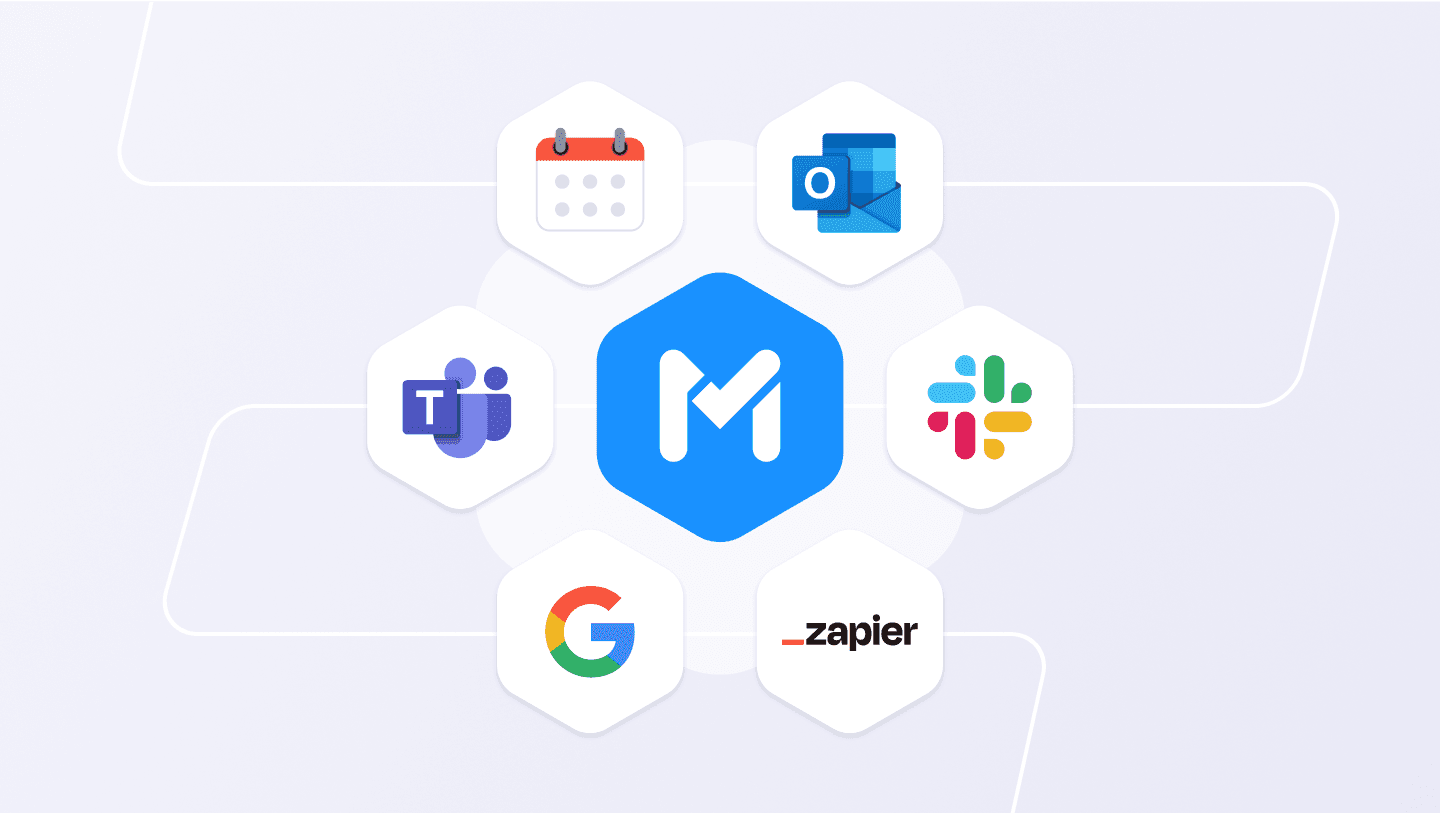Plan your digital transformation step by step
The success of your digital transformation hinges on smart, structured planning. Without a clear roadmap, resources can be allocated incorrectly, resistance may grow and stakeholder support can falter. But with the right plan, you’ll move forward confidently and effectively.
 What you’ll learn in this chapter:
What you’ll learn in this chapter:
How to build a solid framework for your transformation
Why engaging the right people from the start makes all the difference
How to choose the right digital tools
What to look for in a digitalization partner
1. Create a clear framework
What your project plan looks like will depend heavily on your current situation. For a municipality, it might make sense to first digitalize certain services — resident registration, for example — before expanding to other departments or processes. In a manufacturing business, a phased rollout of production and maintenance tools may help avoid disrupting daily operations. Regardless of your industry, you’ll need a clear timeline and a well-thought-out transition strategy.
Key things to consider:
Establish a timeline and stick to it: According to our survey of local governments in Germany — including cities and smaller municipalities — 51% have increased their digital budgets in the past year. Yet progress is still often slow. One major reason for this is unclear timelines. To ensure success, define when pilot projects will launch and when a broader rollout will follow. Building in a time buffer is always a wise move.
Design a transition strategy: Will there be a rapid switch from old to new systems? Or a hybrid phase to ease the transition?
Support the cultural shift: Remember, digital transformation isn’t just an IT project. It’s about how your organization will think about and approach work in the future.
Tip: Use our change management template to structure tasks, define responsibilities and ensure transparent project communication.
2. Involve stakeholders early on
Digital transformation is about more than just technology; it fundamentally changes the way your organization works. To make that shift successful, you need your team on board from the very beginning. Even the best tools won’t deliver if they’re met with resistance.
Here’s how to systematically ensure strong buy-in:
Form working groups: Involve representatives from every key area — operations, IT, admin and more. Different perspectives and cross-departmental collaboration will make your transformation strategy more robust and help it stick.
Develop a training plan: Offer hands-on, practical training. A “train-the-trainer” model works especially well. Train a few key users thoroughly, so they can go on to support their peers. This accelerates adoption, even among less tech-savvy staff.
Foster digital champions: Identify team members who are excited about new technologies. With the right stakeholder collaboration, these internal advocates can answer questions, ease uncertainty and build momentum.
Example: Arnsberg District Government – internal champions hold the key to success
When Arnsberg District Government had to rapidly transition to working online due to the pandemic, they looked for a suitable digital solution. The district government chose MeisterTask, which proved to be the ideal platform for its workflows. To support the rollout of the new digital tool, they introduced a simple but powerful approach:
We introduced digital first responders — team members already familiar with MeisterTask — who helped others learn the tool. This peer support system was crucial in resolving issues early and helping the entire team adjust to new digital workflows.
 CS
CSChristian Stuhldreier
Innovation Manager, GovLab Arnsberg
3. Choose your digital tools wisely
 Digital tools are the backbone of any transformation. According to our report, 83% of respondents consider them essential for streamlining processes and easing workloads. But not every tool is the right fit for every organization. Before investing in new tools, evaluate them based on the following criteria:
Digital tools are the backbone of any transformation. According to our report, 83% of respondents consider them essential for streamlining processes and easing workloads. But not every tool is the right fit for every organization. Before investing in new tools, evaluate them based on the following criteria:
Process alignment: Choose tools that support and enhance your existing workflows. A project management tool like MeisterTask provides transparent task tracking and central documentation.
Integration capabilities: Two-thirds of municipalities report challenges connecting new tools to existing systems. Look for solutions with easy integration and future scalability.
Ease of use: Complicated tools are a barrier to adoption. Pick intuitive software that delivers rapid results for users.
Tip: 46% of municipalities prioritize data storage within Germany — and with good reason. Citizens and consumers expect their data to be protected. Make data security a key factor in your selection process.
4. Find the right digitalization partners
You don’t have to tackle digital transformation alone. Experienced partners help you avoid common pitfalls and build sustainable solutions. Here’s how to find the support that fits:
Compare options: Look for providers with proven experience, industry knowledge and the ability to adapt to your needs.
Test the tools: Take your time exploring the software. Do the providers understand your specific challenges? Can they offer meaningful solutions?
Choose wisely: Include your team in the decision. Experience shows that organizations who involve employees and stakeholders early tend to implement change more successfully.
MeisterTask is designed for efficient project management to help organizations drive transformation. As a centralized work management platform, it improves collaboration, communication and transparency in your projects. The intuitive interface makes onboarding easy — even for teams with limited tech experience.